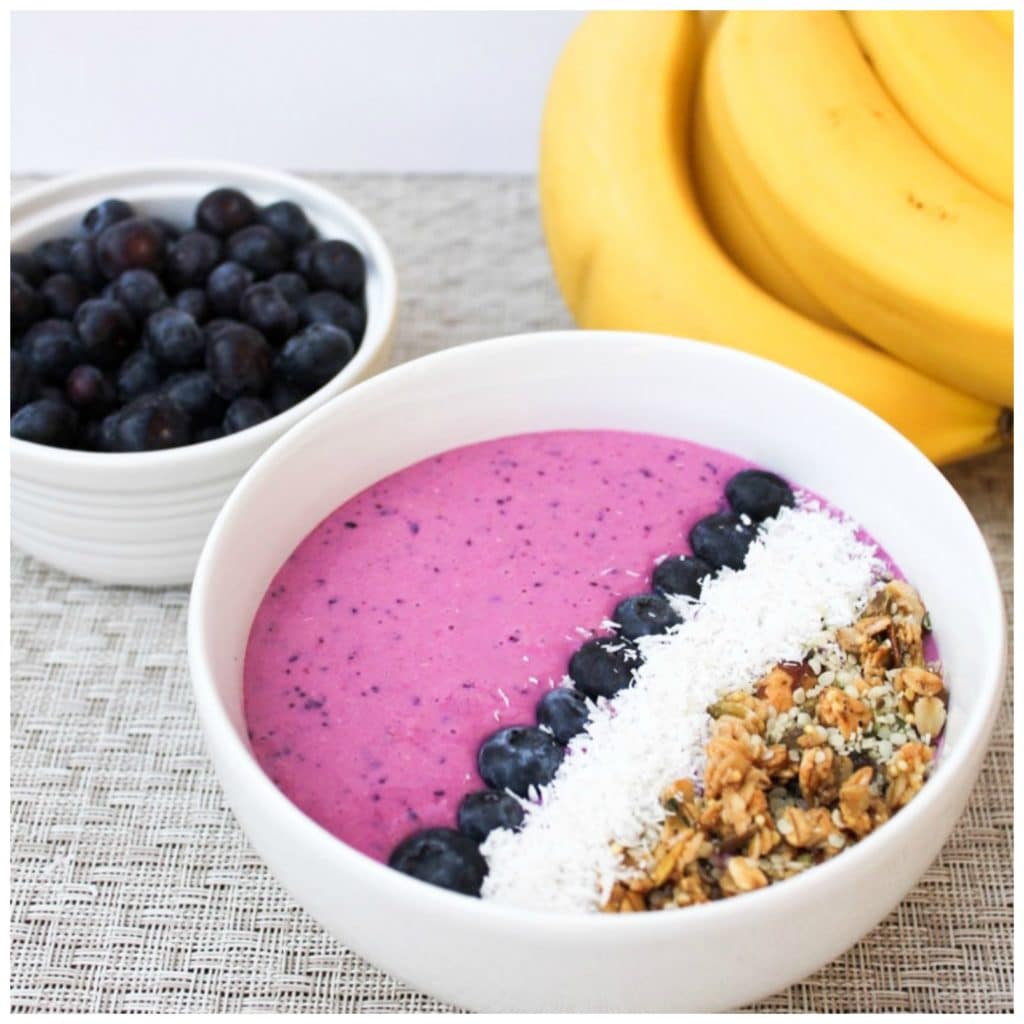This post is all about fiber and how to know if you are getting enough fiber.
Dietary fiber is a hot topic in nutrition these days. Likely because there are numerous health benefits to consuming adequate dietary fiber yet the “typical” American diet is quite low in fiber.
Dietary Fiber – What Does it Do?
Fiber plays an important role in many things within the body including:
- Maintaining bowel health
- Preventing disease (cancer, diabetes, cardiovascular disease, etc)
- Decreasing blood cholesterol levels
- Maintaining a healthy immune system
- Increasing satiety (feeling full after a snack/meal)
Types of Dietary Fiber
There are two types of dietary fiber: soluble and insoluble.
Soluble:
- Attracts water and turns to gel during digestion
- Slows down digestion
- May help reduce blood cholesterol and blood sugar
Insoluble:
- Adds bulk to the stool
- Helps food pass more quickly through stomach and intestines
Foods High in Dietary Fiber
- Oats
- Barley
- Wheat Bran
- Nuts
- Seeds
- Beans
- Lentils
- Peas
- Fruits & Veggies

Daily Fiber Recommendations
Daily fiber recommendations for adults, from the Institute of Medicine are:
- Men: 38+ grams
- Women: 25+ grams
- Average intake: 15 grams
Sample Daily Intakes: Low Fiber vs. High Fiber
Here are two examples days of eating. One is considered the “typical” American diet, which is often low in fiber or someone who is not getting enough fiber. The other is an example of an ideal fiber intake take, based off of the current fiber recommendations.
Low Fiber (“Typical” American Diet):
- Breakfast: McDonald’s Bacon, Egg & Cheese Biscuit (2g) with Low fat milk (0g)
- Lunch: PB&J on White Bread (1g), Banana (4g), Diet Soda (0g)
- Dinner: Grilled Chicken Breast (0g), Mashed Potatoes (1g), Broccoli (2g)
Daily Fiber Total: 10g
Ideal Fiber Intake:
- Breakfast: Greek Yogurt Parfait with Mixed Berries & Granola (16g)
- Lunch: PB&J on Wheat Bread (4g), Banana (4g)
- Snack: Pear with Skin (6g), 1 oz. Almonds (4g)
- Dinner: Grilled Chicken Breast (0g), Black Beans (7.5g), Broccoli (2g)
Daily Fiber Total: 43.5g 🙂
You can see that a few food swaps, such as a higher-fiber breakfast, choosing wheat bread over white and adding higher fiber foods help to ensure you’re getting enough fiber.
Conclusion
As you can see, making a few small changes to your normal dietary intake can dramatically increase your dietary fiber intake. Other suggestions include adding flaxseed or chia seeds to your morning fruit smoothie, choosing whole grains vs. processed grains, choose fruits & veggies highest in fiber, and experiment with new grains (barley, bulgur, quinoa).
Final Note: As you increase your dietary fiber intake, make sure you are drinking plenty of water!

